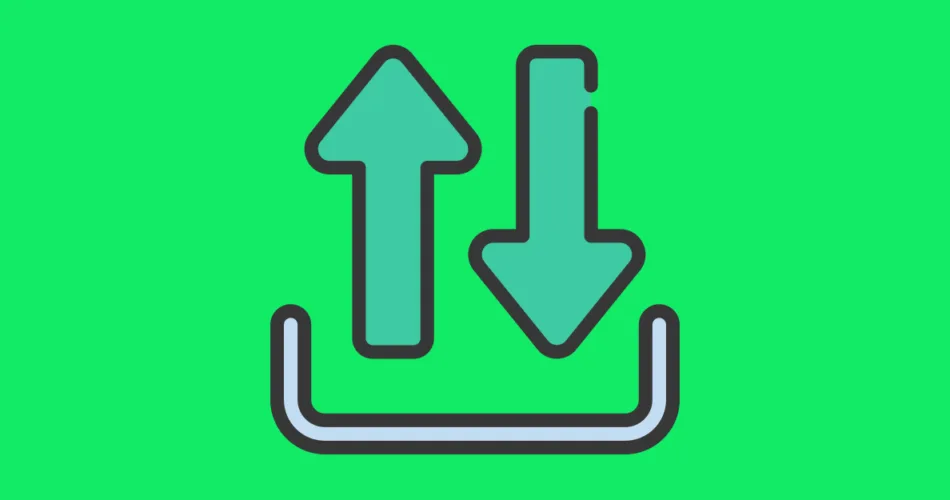In Java, input and output (I/O) operations are crucial for handling data between the program and external sources like files, network connections, and more. The core concept behind I/O operations is the use of input and output streams in Java to transfer data.
Input Streams
An input stream is a sequence of bytes from a data source that the program can read. It’s used to read data into a program from external sources. Java provides various classes that implement the InputStream abstract class to handle different types of input sources.
Output Streams
An output stream is a sequence of bytes that a program can write to, which is then sent to a destination. Just like input streams, Java offers classes that extend the OutputStream abstract class to facilitate writing data to different destinations.
Common Input and Output Stream Classes
- FileInputStream: Reads data from a file.
- FileOutputStream: Writes data to a file.
- ByteArrayInputStream: Reads from a byte array.
- ByteArrayOutputStream: Writes to a byte array.
- BufferedInputStream: Provides buffering for input streams.
- BufferedOutputStream: Provides buffering for output streams.
Example: Reading and Writing Binary Files
try (FileInputStream inputStream = new FileInputStream("input.bin");
FileOutputStream outputStream = new FileOutputStream("output.bin")) {
int byteRead;
while ((byteRead = inputStream.read()) != -1) {
outputStream.write(byteRead);
}
} catch (IOException e) {
e.printStackTrace();
}
Byte and Character Streams
Java provides both byte-oriented and character-oriented streams. Suitable for reading and writing binary data, byte streams handle binary data, while character streams handle character data, such as text files. Examples of character stream classes include FileReader and FileWriter.
Buffered Streams
Buffering improves the efficiency of I/O operations by minimizing the number of actual read and write operations performed. The classes BufferedInputStream and BufferedOutputStream add buffering capabilities to input and output streams, respectively.
Example: Using Buffered Streams
try (BufferedInputStream bufferedInput = new BufferedInputStream(new FileInputStream("input.txt"));
BufferedOutputStream bufferedOutput = new BufferedOutputStream(new FileOutputStream("output.txt"))) {
int byteRead;
while ((byteRead = bufferedInput.read()) != -1) {
bufferedOutput.write(byteRead);
}
} catch (IOException e) {
e.printStackTrace();
}
Conclusion
Understanding input and output streams in Java is fundamental to Java I/O and file handling. They provide a versatile way to handle data, whether it’s reading from or writing to files, network sockets, or other data sources. By using the appropriate stream classes and techniques, you can efficiently manage data within your Java applications.
Subscribe to our email newsletter to get the latest posts delivered right to your email.


Comments